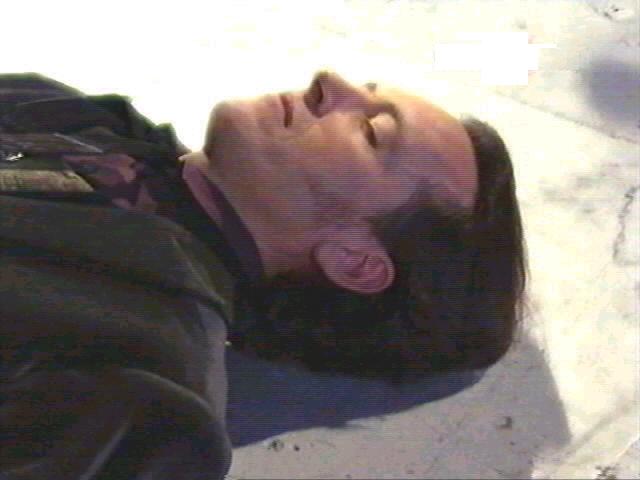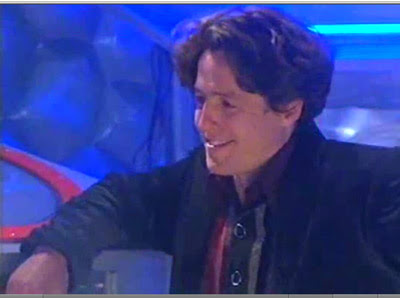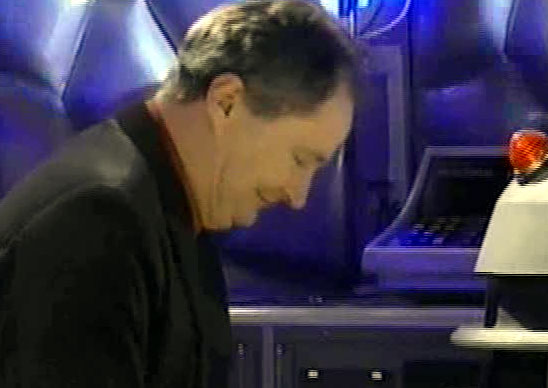
GALLERY
CAST
Regular Cast
Rowan Atkinson (
Guest Cast
Richard E. Grant (
CREW
| Written by | Steven Moffat |
| Directed by | John Henderson |
| Produced by | Sue Vertue |
SYPNOSIS
Before The Doctor can settle down to married life, he must face one last confrontation with his deadly enemy of certain death – The Master.
NOTES
The opening image of the TARDIS flying through space as The Master watches was taken from the beginning of the The TV Movie. Steven Moffat, best known at the time for the children’s drama series Press Gang (which starred Julia Sawalha), was well known as a fan of
The title “Curse of Fatal Death” is a tautology (it being impossible to have a death that is not fatal), which parodies the sometimes melodramatic and tautological titles of the original series (an example being the 1976 serial (The Deadly Assassin).
The TARDIS console room and three of the Daleks used in the production were sourced from the people who made The Doctor Who fan production Devious. The console motor performed perfectly during rehearsal but gave a few problems during the final takes. A copy of the Doctor’s 500-Year Diary was placed on the console and red or green lights were used to illuminate the walls when the set was used for, respectively, The Doctoror The Master.
Other specially made episodes of Doctor Who include Dimensions in Time (1993), the officially untitled 2005 special mini-episode, and Time Crash (2007)-all produced for Children in Need-and “Space/Time, ” a two-part mini-story produced for Comic Relief in 2011. “Time Crash” and “Space/Time” were written by M offat.
MEDIA CLIP











